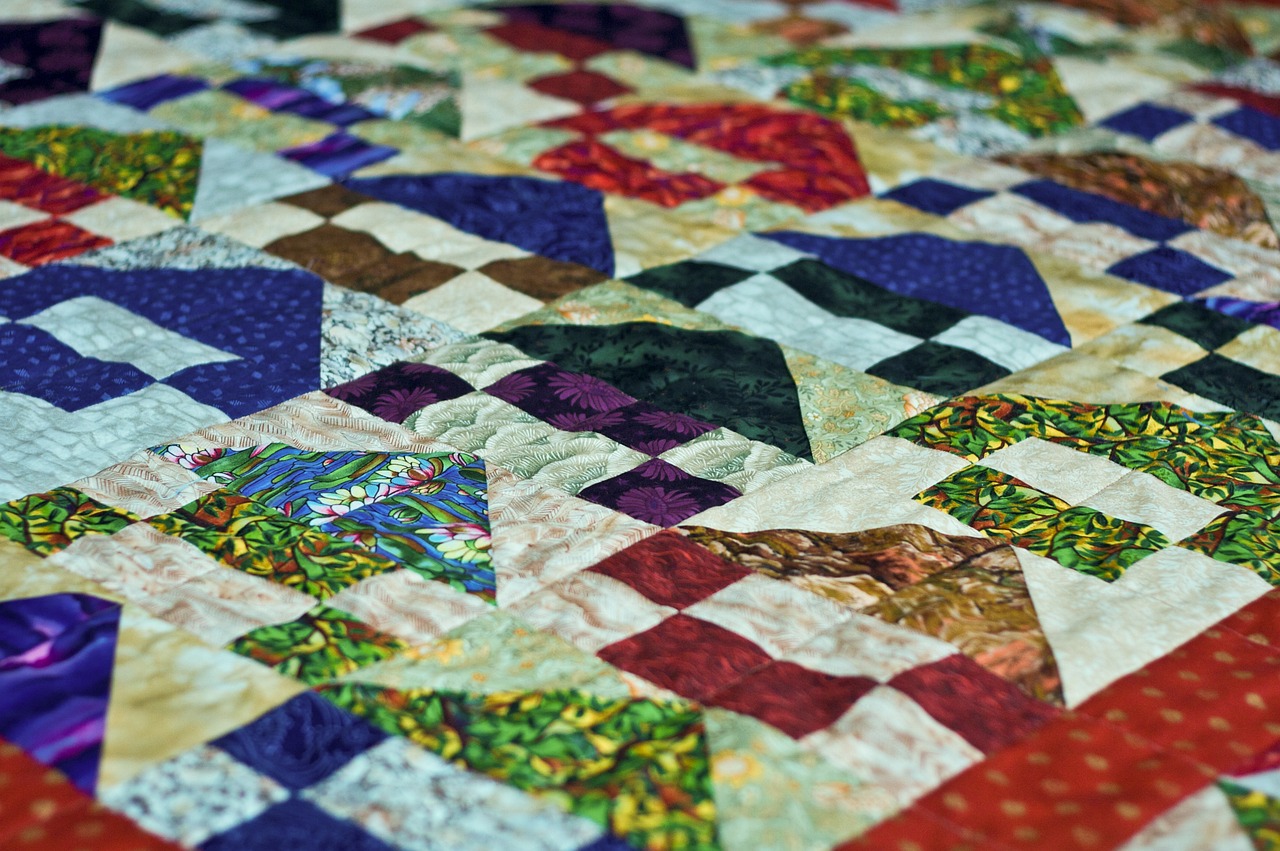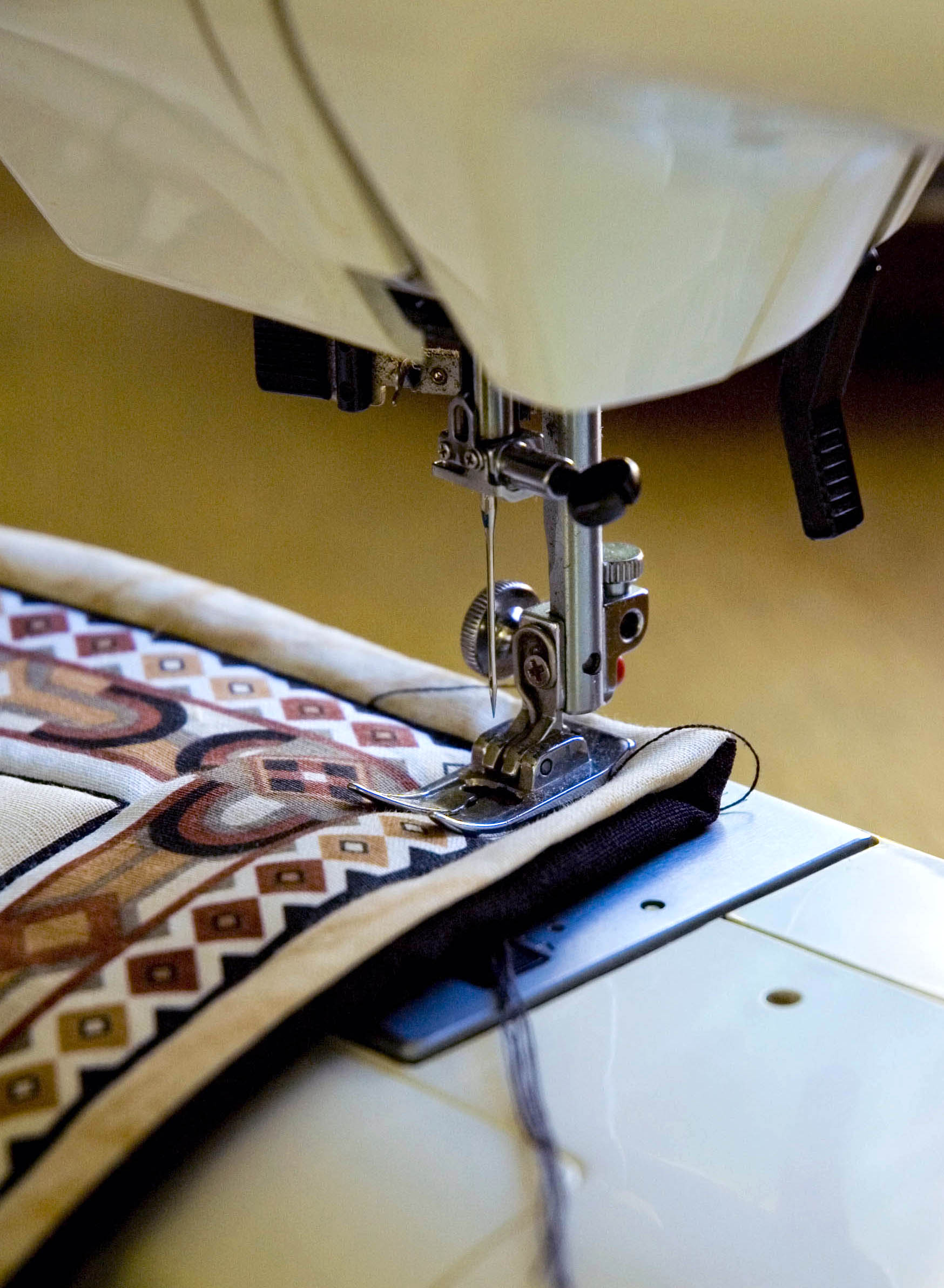
How to Get Started with Quilting
By: Plain Direct
February 15th 2024, 12:00:00 am
Quilting is an enjoyable and relaxing hobby that anyone can do at home in their spare time. Not only is it a fun hobby, but you’re creating something for your home that you can pass down the generations. Quilts are great to keep warm on a cold winter evening or you can even use them as wall decorations for a rustic look in any room. Read on to learn how to get started with the quilting hobby!

Equipment You Need to Start Quilting
There are a few pieces of equipment you need to begin quilt making, most of which you might already have if you are a sewer. First, you’ll need sewing machine needles and a sewing machine, if you plan on using one. You don’t need a top-of-the-line model as a hobbyist, but you should consider it if you plan on turning this hobby into a business. If you will sew your quilts by hand, you should buy some thimbles, as well as needles.
To cut your fabrics, you’ll want to buy a gridded cutting mat, rotary cutter, and fabric shears. Investing in a gridded quilting ruler will also help you measure and cut straight lines in your fabric. You should keep a seam ripper on hand to help remove any mistakes you’ll inevitably make along the way. You’ll need quilting pins and safety pins to hold your layers together while you sew. Lastly, you should have an iron on hand to press seams open or press your quilt top.

Supplies You Need to Start Quilting
There are several consumable supplies you will need for each quilt you make. First, and most obviously, you’ll need your fabric for the top and back of your quilt. Typically, the top involves an intricate pattern with multiple different fabrics and your back will be one, uniform fabric. Research patterns online to find how many fabrics you need, pick a color theme, and then visit a fabric store to pick your cloth. Most quilters use 100% cotton fabric, so we recommend you start looking there.
Other supplies you need include the batting for inside your quilt. You’ll essentially be making a fabric sandwich with batting between your top and back fabrics. Some quilters prefer 100% cotton batting, while others prefer a polyester/cotton blend. Try both and you’ll discover which you prefer over time. You’ll also need thread. 50-weight cotton works best for machines and you’ll need a heavier thread for sewing by hand. Use some bright colors if you want an intricate stitching pattern to stand out or use some grey or white if you’d like it to blend in and allow your fabric’s pattern to shine. Finally, some quilters use a spray adhesive to help hold your fabric sandwich together, but you can opt for safety pins instead.

How to Make a Quilt
There are two methods to making a quilt. Quilting with a sewing machine is much faster but you can also quilt by hand if you enjoy the process and don’t mind how long it takes. Both methods follow the same overall steps.
Cut & Sew the Patchwork
Following the pattern you researched before buying your fabric, you’ll create the patches for the front of your quilt. You’ll first measure and cut your fabrics according to your pattern and then sew them into square patches. Lastly, you’ll sew the patches together to form your whole top layer.
Basting the Quilt
In this step, you’ll be making your fabric sandwich. The fabric and batting must be ironed before basting them together. Start with the backing, then the batting, and finish with the top fabric. You can use special safety pins, called basting pins, to pin the layers together or use a spray adhesive made for basting. To help you keep your quilt flat, you can lay it down and pin it to your carpet as you baste the layers.
Quilting Stitches
With your basted quilt, you can now stitch the layers together. There are many different methods of stitching your quilt to create visual interest in your quilt. The most basic is a straight line, but you can also use a template or freely move around to create your own design. Some sewing machines can even create unique stitching patterns automatically.

Bind Your Quilt Edges
Now, you’ll place the finishing touches on your quilt. You’ll cut enough strips of fabric to wrap around the whole quilt, a few inches wide. There are a few methods of binding a quilt, the most basic of which is the double fold binding. You can do this step by hand or using a sewing machine, too.
Get Started Quilting Today
Are you ready to start quilting? Browse the listings on Plain Direct to find sewing supplies and equipment. There are plenty of homesteaders, like you, who create their own crafts and home goods to sell or trade. If you finish a quilt you don’t plan on keeping, consider listing it here to sell, too!
Share:
Tags:
No tags yet.